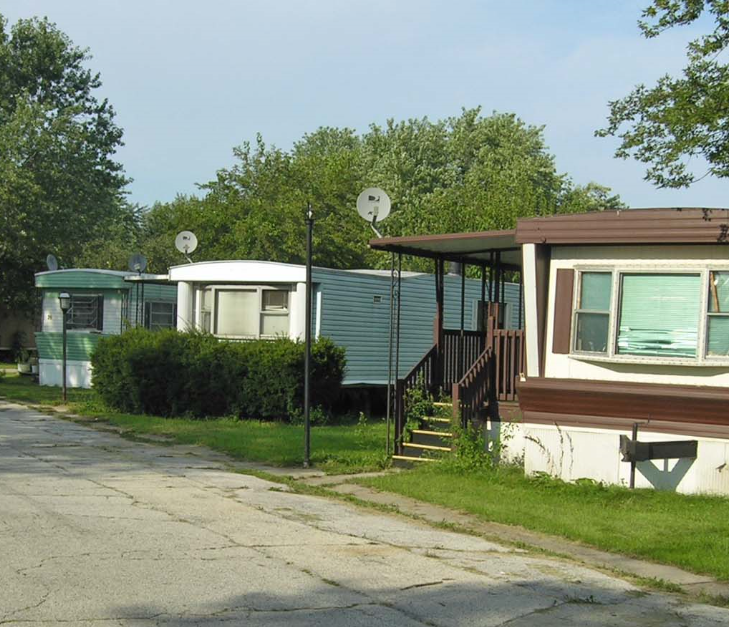The growing “tiny home” movement must be one of the greatest marketing cons pulled off in recent years.
With home ownership on the decline across much of the developed world, and homelessness rising, policy makers and the media have managed to convince the general public into believing that stuffing people into glorified caravans and trailer parks is in their best interest.
A recent article from the Vancouver Sun encapsulates the brainwashing taking place:
There is nothing small about the tiny-home craze… From flat pack, self-assembly cabins, to repurposed shipping containers, to small homes on wheels, there is now something out there to suit every site and budget…
Delta’s Mint Tiny Homes make homes that range in length from 22 to 44 feet, all on wheels, for easy transportation and are RV certified. They range in price from around $75,000 to $100,000…
Their most popular tiny home over the past few months is their Canada Goose model, says McBride, which is their largest offering, ranging in length from 38 to 44 feet. “These are popular with families, those who want that extra space, and extra storage. Also with those who want the standup bedroom”…
Because Mint Tiny Homes are on wheels, they don’t require foundations or any hookups, says McBride. They can be used the moment they’re driven onto a property…
The demand for tiny homes, he says, is growing… “If you look at the U.S., and California, there’s a new city every month opening up its bylaws for tiny homes. Even Oregon and Texas. More and more cities are becoming tiny-home friendly,” he says.
So, buyers are looking to pay around $75,000 for a 22 foot “tiny home” or $100,000 for a 44 foot “family friendly” home. And they come on wheels!
Guess what also comes on wheels: a caravan. That’s right, before marketers devised the clever name “tiny homes”, we called them exactly what they are: “caravans” and “trailer homes”.
Just like “tiny homes” there is no actual ownership, since they come with no land. Only “caravans” and “trailer homes” were traditionally used to house the poorest and most marginalised in society, and were considered one step above homelessness:

However, by using the cute name of “tiny homes”, policy charlatans can pass them off as a fake solution to a housing affordability problem they have no genuine intent on fixing.
You see, it’s easier to use marketing spin and propaganda than to actually address housing affordability at its source, via reforming property taxation, freeing up urban planning, enforcing a sustainable population policy, and increasing investment into public housing.

